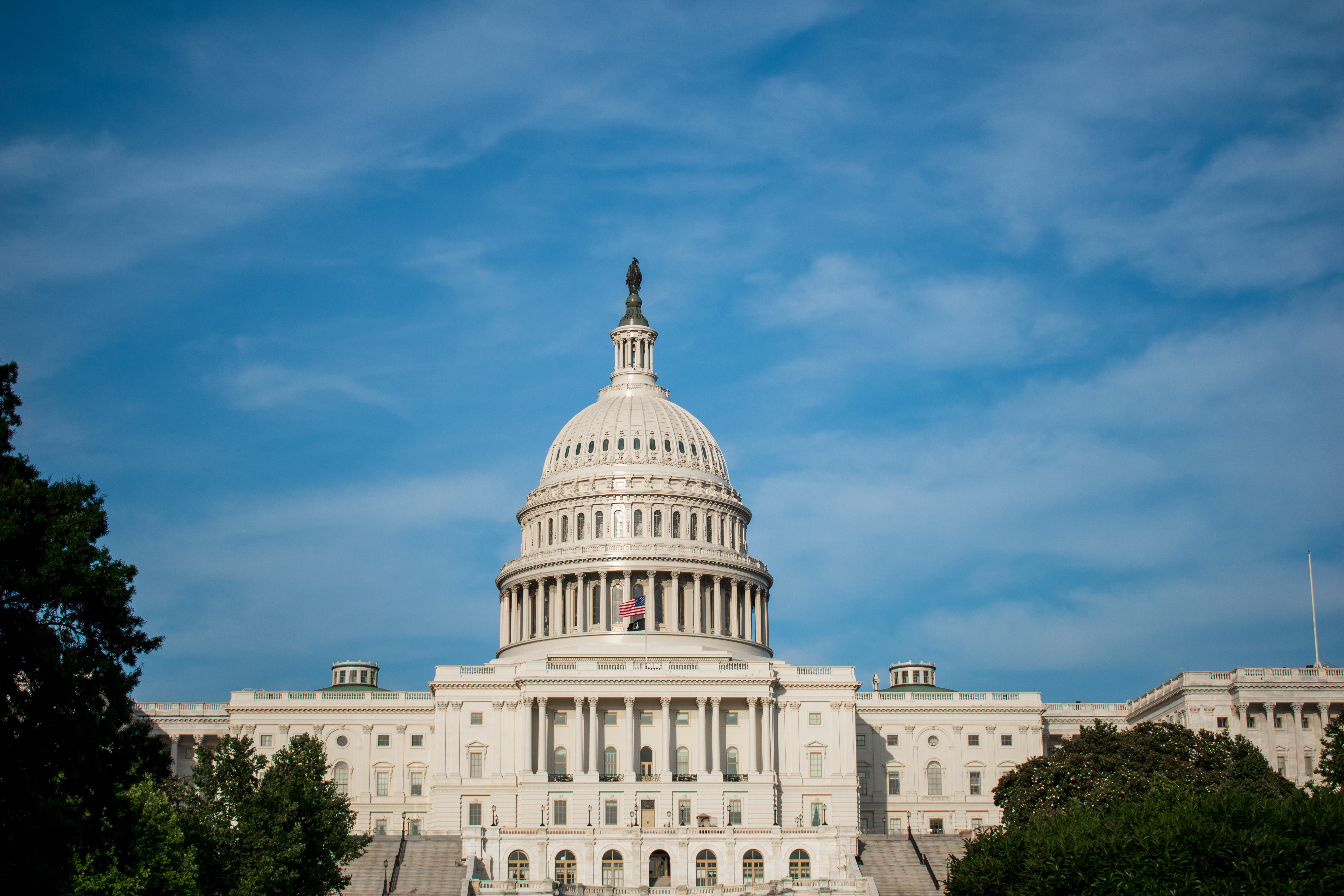Good News for America – EPR Policy Impacting Sustainability in the USA
Published: April 26, 2023 Updated: October 1, 2024

Extended Producer Responsibility (EPR) is a policy approach that helps drive circularity and sustainability.
As a refresher, EPR is when producers take responsibility for the products they put into a market across their entire lifecycle – this means the polluter, manufacturer, or business would pay for the “after life” costs of the product.
Now we are seeing a ‘third wave’ in the development and implementation of EPR frameworks around the world. Initially, legislative initiatives used bans and taxes on single-use plastics to mitigate plastic pollution. These policies came on the scene in the 2010’s with Zimbabwe being one of the first to ban plastics. Fast forward to 2023, the next wave of legislated EPR frameworks is expected to become more comprehensive in coverage and places a greater focus on the goals of circularity and sustainability across products’ life cycles targeting collection, recycling, PCR content, reuse, recyclability, and offsetting – across more plastic types (beyond packaging) and more companies. This is apparent in the UK which is scheduled to move ahead with EPR policies meant to ban the supply of single-use plastic plates, cutlery, balloon sticks, and polystyrene cups and containers.
When looking at the US and its progress on sustainable plastic policy in 2023, it varies from state to state with California (as we know) taking the lead on passing some very influential sustainability legislation. Thus far, at least 10 states have completely banned certain forms of single-use plastics, inclusive of plastic bags, and with the introduction of further EPR legislation, bills are up for debate in a select few states following the examples of Maine, Oregon, Colorado, and California, respectively.
Ultimately, EPR bills include mandatory reporting requirements for producers on their plastic packaging. In some countries this looks like official reports being publicly accessible and targets in-house producers, but in others like the US, this can look like Corporate Social Responsibility commitments heavily influenced by the consumer.
The real question, however, is if the EPR legislation in place has moved the needle forward when it comes to circularity and sustainability.
The answer is yes – while the impacts are yet to be seen in countries like the US, we know that the groundwork has been laid for greater circularity and sustainability.
Voluntary targets (with mandated reporting) may be seen as a precursor or stepping-stone towards a more comprehensive, mandated extended producer responsibility (EPR) framework – slated to occur in this third wave of EPR legislation. For all countries, to work within the parameters of a well-designed EPR framework means that there are clearly defined mandatory targets covering a range of plastic types which scale up over time. Naturally the framework would be paired with enforcement mechanisms like non-compliance penalties that hit the producer. However, as discussions about legislation progresses, targets may be for collection, recycling, recycled content and reuse where the revenue collected from non-compliance penalties can ultimately be used to improve plastic waste management infrastructure.
This system is therefore designed to help reduce the environmental impacts of the packaging material used for the retailer / consumer products we have come to enjoy.
At the end of the day, regardless of new legislation trends or not, the goal should always be to drive the development of environment-friendly products that suit globally accepted principles on sustainable consumption and production. This helps standardize an approach to not only meet circularity initiatives but to help guide efficient waste management, reduction, recovery and recycling.
It is expected that this development or evolution of EPR frameworks will also be driven by the UN global plastics treaty currently being negotiated – all of which is good news for America.
